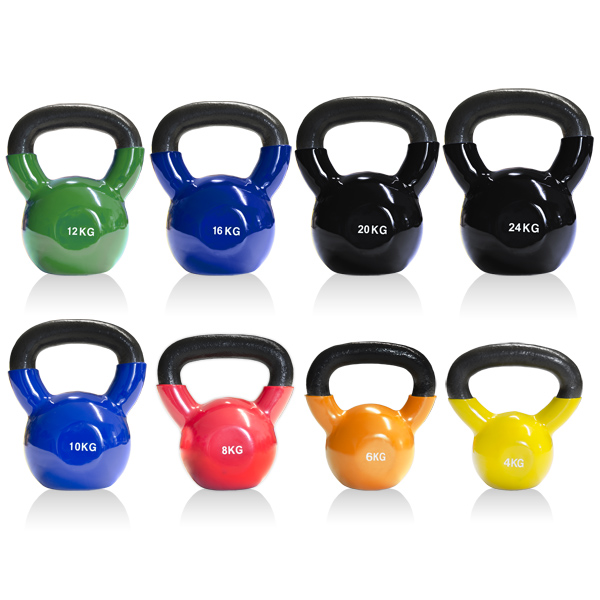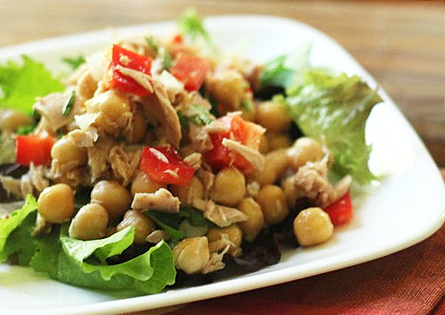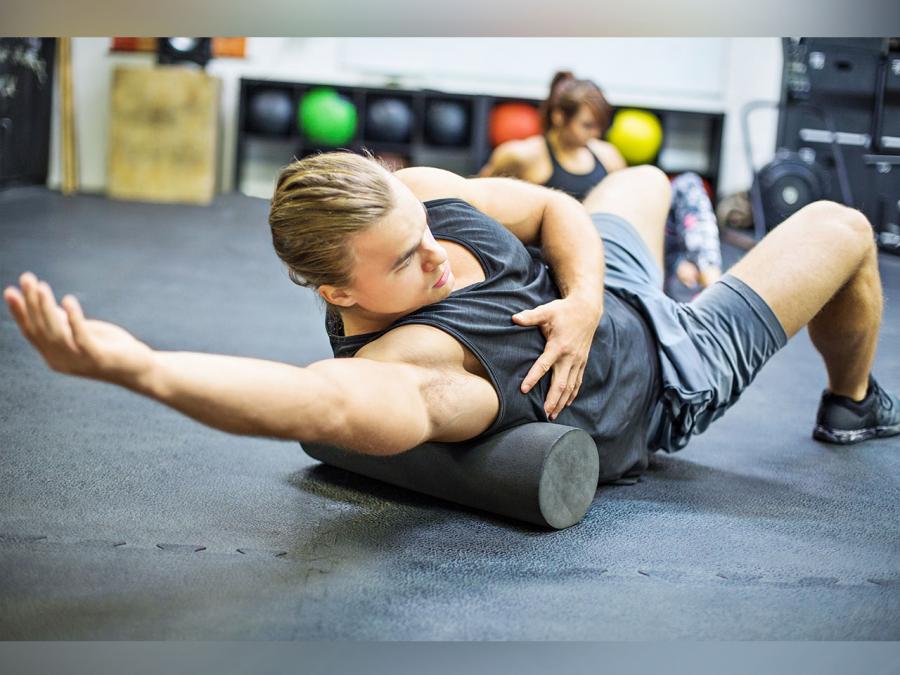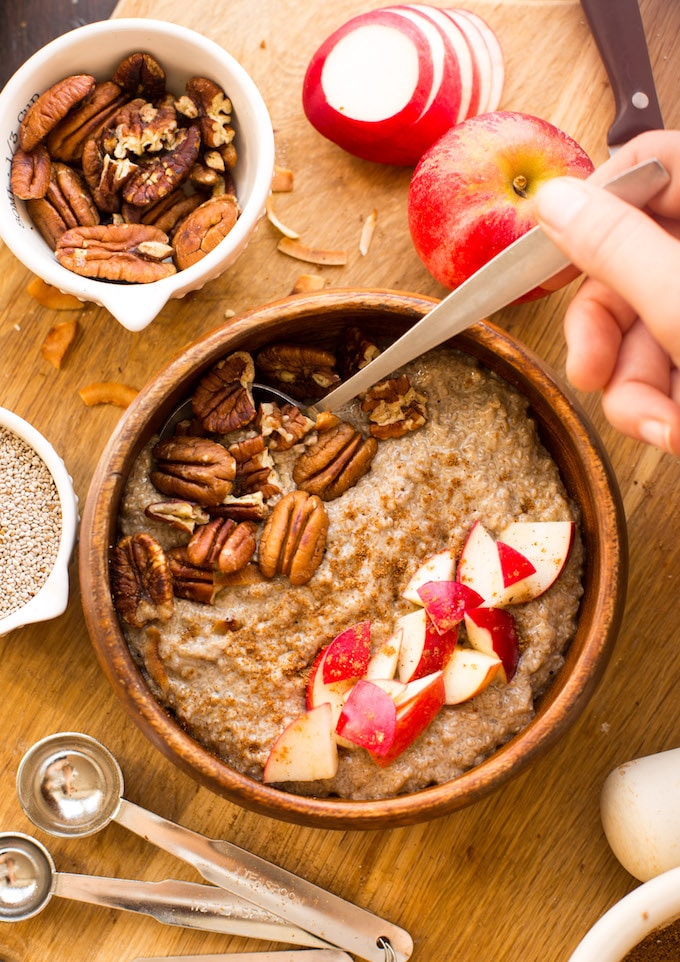Don’t restrict these quesadillas to breakfast, they are delicious any time of day – for brunch, lunch or a light evening meal. You can replace the canned beans with 1½ cups cooked black beans if you like to prepare your own. The white corn tortillas we have tested have a low GI (52).
Preparation time: 10 minutes
Cooking time: 10 minutes
Serves: 4
- 1 tbsp olive oil
- 200g (7oz) button mushrooms, wiped clean and sliced
- 1 garlic clove, crushed
- 400g (14oz) can black beans, drained and rinsed
- 1 vine-ripened tomato, diced
- 4 large wholegrain tortillas
- ½ cup grated cheddar cheese
- 1 cup firmly packed baby English spinach leaves
- Hot chilli sauce, to taste
- Olive oil spray, for toasting
- ⅓ cup natural yoghurt
- Coriander (cilantro) leaves, to garnish
Method
1. Heat the olive oil in a large non-stick frying pan over medium–high heat.
2. Add the mushrooms and cook, stirring, for 3–4 minutes or until golden.
3. Add the garlic and cook for 30 seconds or until fragrant.
4. Add the beans and tomato and cook for 1 minute or until heated through.
5. Season to taste with sea salt and freshly ground black pepper. Set aside.
6. Preheat a sandwich press.
7. Spread a quarter of the mushroom mixture over half of a tortilla. Top with a quarter of the cheese, a quarter of the spinach leaves, and chilli sauce to taste. Fold the tortilla over to enclose the filling. Repeat with the remaining tortillas and fillings.
8. Spray the quesadillas on both sides with oil. Cook in batches in the sandwich press for 3 minutes or until the quesadillas are crisp and the cheese has melted. (Alternatively cook the quesadillas in a large non-stick frying pan for 2 minutes each side.)
9. Serve with a dollop of yoghurt, garnished with coriander.









